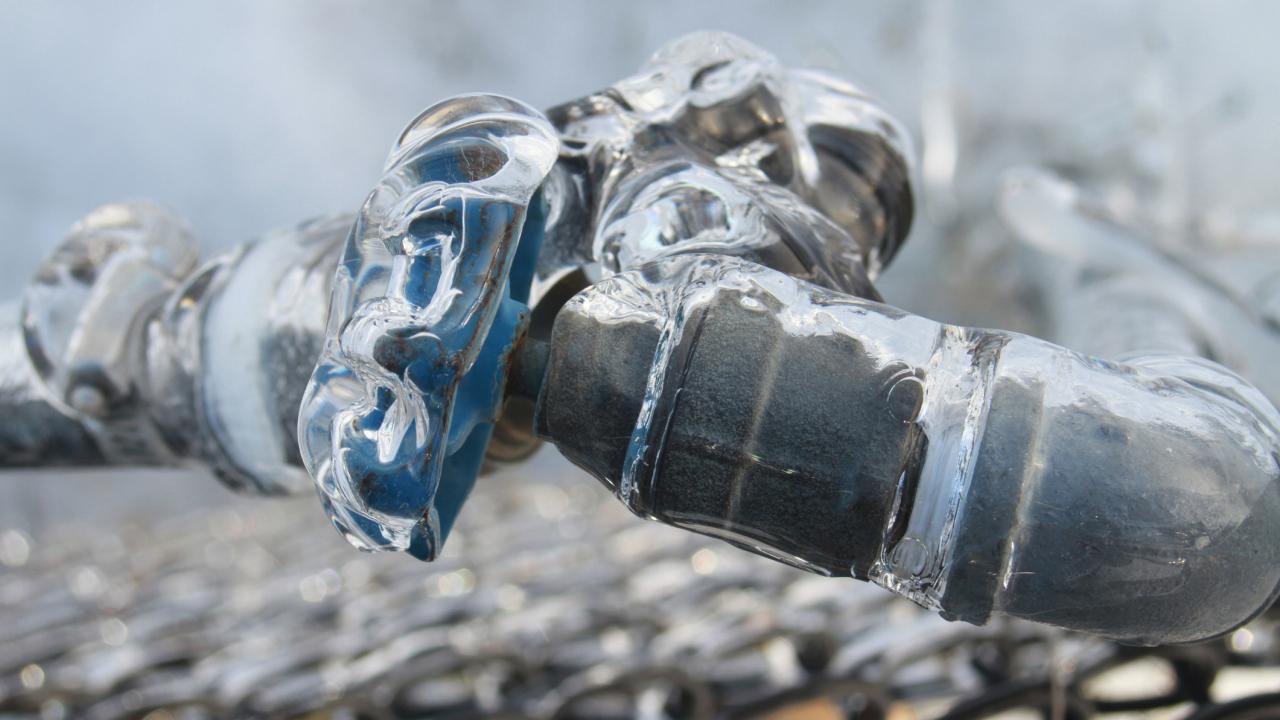Right here below you can get additional great advice around How To Avoid Freezing Pipes.

Cold weather can ruin your plumbing, especially by freezing pipelines. Here's exactly how to prevent it from happening and what to do if it does.
Intro
As temperatures drop, the risk of frozen pipes rises, potentially leading to expensive repairs and water damage. Recognizing exactly how to stop frozen pipes is critical for property owners in cool environments.
Understanding Frozen Pipelines
What creates pipelines to ice up?
Pipes freeze when subjected to temperatures below 32 ° F (0 ° C) for prolonged durations. As water inside the pipes freezes, it expands, putting pressure on the pipe walls and potentially causing them to burst.
Risks and damages
Icy pipelines can lead to water disturbances, building damages, and pricey repairs. Burst pipes can flood homes and cause comprehensive structural damages.
Signs of Frozen Pipes
Identifying frozen pipes early can stop them from bursting.
How to recognize frozen pipelines
Look for decreased water circulation from faucets, uncommon odors or noises from pipelines, and noticeable frost on revealed pipes.
Avoidance Tips
Protecting prone pipes
Wrap pipelines in insulation sleeves or make use of heat tape to protect them from freezing temperature levels. Concentrate on pipelines in unheated or outside locations of the home.
Home heating methods
Keep interior rooms appropriately heated, especially locations with pipes. Open up closet doors to enable warm air to flow around pipelines under sinks.
Safeguarding Exterior Plumbing
Yard hoses and exterior taps
Separate and drain pipes yard pipes before winter season. Set up frost-proof spigots or cover outdoor taps with insulated caps.
What to Do If Your Pipelines Freeze
Immediate activities to take
If you presume frozen pipes, maintain faucets available to alleviate pressure as the ice thaws. Make use of a hairdryer or towels taken in warm water to thaw pipes gradually.
Long-Term Solutions
Architectural changes
Take into consideration rerouting pipelines far from exterior walls or unheated locations. Include extra insulation to attic rooms, cellars, and crawl spaces.
Updating insulation
Buy high-quality insulation for pipelines, attics, and wall surfaces. Appropriate insulation assists keep constant temperature levels and decreases the threat of icy pipes.
Verdict
Protecting against frozen pipes requires proactive procedures and fast reactions. By comprehending the reasons, indicators, and preventive measures, property owners can safeguard their pipes during winter.
5 Ways to Prevent Frozen Pipes
Drain Outdoor Faucets and Disconnect Hoses
First, close the shut-off valve that controls the flow of water in the pipe to your outdoor faucet. Then, head outside to disconnect and drain your hose and open the outdoor faucet to allow the water to completely drain out of the line. Turn off the faucet when done. Finally, head back to the shut-off valve and drain the remaining water inside the pipe into a bucket or container. Additionally, if you have a home irrigation system, you should consider hiring an expert to clear the system of water each year.
Insulate Pipes
One of the best and most cost-effective methods for preventing frozen water pipes is to wrap your pipes with insulation. This is especially important for areas in your home that aren’t exposed to heat, such as an attic. We suggest using foam sleeves, which can typically be found at your local hardware store.
Keep Heat Running at 65
Your pipes are located inside your walls, and the temperature there is much colder than the rest of the house. To prevent your pipes from freezing, The Insurance Information Institute suggests that you keep your home heated to at least 65 degrees, even when traveling. You may want to invest in smart devices that can keep an eye on the temperature in your home while you’re away.
Leave Water Dripping
Moving water — even a small trickle — can prevent ice from forming inside your pipes. When freezing temps are imminent, start a drip of water from all faucets that serve exposed pipes. Leaving a few faucets running will also help relieve pressure inside the pipes and help prevent a rupture if the water inside freezes.
Open Cupboard Doors
Warm your kitchen and bathroom pipes by opening cupboards and vanities. You should also leave your interior doors ajar to help warm air circulate evenly throughout your home.

I stumbled upon that write up about Winter Plumbing Precautions: Preventing Frozen Pipes while doing a search on the internet. Loved our article? Please share it. Let others discover it. Thank you for your time invested reading it.
Go Deal
Comments on “Protecting Against Frozen Pipes: Top Strategies for Cold Weather”